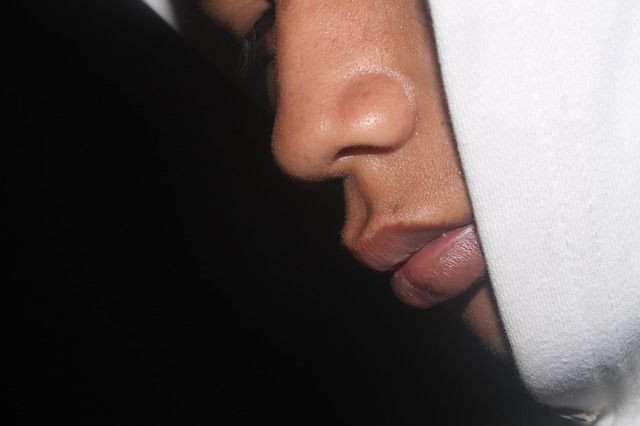Why We Have Different Nose Shapes: Climate Responsible For Varying Nostril Size, Shape Among Ethnic Groups

Nose shape is one of the most noticeable facial differences among various ethnic groups. According to a new study, these ethnic differences in nose shape and size are not a result of random chance, but rather the result of adaptation to different climates: People whose ancestors lived in warmer, more humid environments developed wider nostrils, while those whose ancestors lived in cold, dry climates developed narrower nostrils.
The study, now published online in Plos Genetics, found a clear link between nose shape and environmental conditions. According to the research, having a certain nose shape could mean the difference between life and death for our ancestors, so certain shapes were favored in particular environments. People from hot and humid environments developed short nostrils, The Guardian reported. However, individuals whose ancestry hailed from colder, more dry climates, such as Northern Europe, evolved narrower nostrils and nasal passages.
Read: People Could Evolve To Lose Their Toes And Become A Single Ethnicity
The nose plays a critical role in preparing air for our lungs. Ideally, air should be warm and moist before it enters the lungs. This is because the microscopic hairs in the nasal passage, called cilia, that help to keep pathogens and dust from entering the lungs work better with warm moist air, as opposed to dry, cold air, Scientific American reported. For individuals from hot, wet climates, there is less of a need to prepare the air for the lungs, so these individuals retained shorter nostrils.
As our evolutionary ancestors moved out of Africa and toward colder more dry climates, the need to prepare air before it entered the lungs became more important. Having a longer more narrow nostril increased contact between the air and the mucosal tissue in the nose, Scientific American reported. This helped to warm and moisten air before it entered the lungs. In turn, this also prevented infection and illness. As a result, individuals with shorter, wider noses who lived in cold, dry climates were more susceptible to disease. Over time, individuals with narrow noses would have fared better in colder climates, thus passing on this gene and spreading this trait.
“Cold and dry air is not good for our internal airways,” said Arslan Zaidi, study co-author, The Guardian reported. “There is no universally ‘good’ or ‘better’ shape – your ancestors were adapted to the environments in which they lived.”
Like skin pigmentation, nostril shape is highly heritable and certain traits are spread quickly due to their ability to help individuals fare better in their environment. For example, dark skin is near universal in hot environments for its protection from intense sun rays, while lighter skin is found throughout colder climates as this pigmentation helps individuals retain more vitamin D in the absence of sunlight.
In addition, the team suspected that sexual selection also played a role in nose shape differences seen across the globe. For example, certain nostril shapes may be seen as more or less attractive in difference cultures, perhaps due to their physical advantages. Generations of sexual preference of one trait over another would have added to the increased prevalence of one shape over another in certain cultures.
However, while differences in nose shape may seem striking among different ethnic groups, according to the lead researcher, this study actually revealed that there are more similarities than differences among people from different ethnic populations, which suggests that we really aren’t all that different after all.
Source: Zaidi AA, Mattern BC, Claes P, McEcoy B, Hughes C, Shriver MD. Investigating the case of human nose shape and climate adaptation. PLOS Genetics. 2017
See Also:
What Are Humans Evolving Into, Or Out Of?
Human Evolution Has Changed Us For Better Or For Worse; What Will We Look Like In 100,000 Years?



























